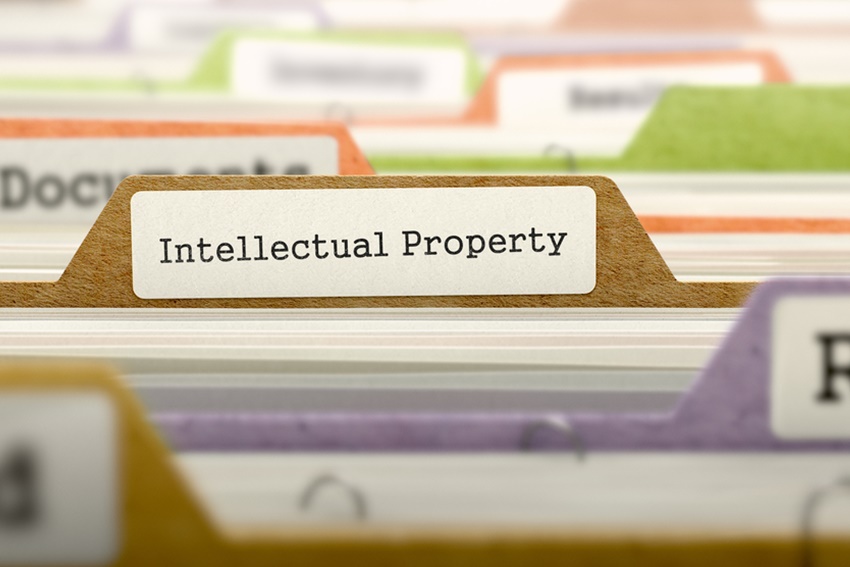If you are a creator, there are many ways for you to make money with what you create. Whether you’re a musician who writes and records your own music, a photographer who takes your own professional-quality photos, or an author who writes your own material such as e-books, you may be sitting on a cash cow. Passive income from a variety of streams is a great way to build your runway to financial freedom, or just give you more flexibility to live the life you want to live, travel, or work on your creative craft more.
There are many ways to license your material and be paid royalties. It’s important to make sure you follow the legal rules, and always make sure the content you create is entirely yours (for example, doesn’t include others’ copyrighted beats, images, or words). You will want to make sure you go through the process to copyright your work legally to protect your material, because it will be published (made available publicly) when you offer it up for license. You may want to consult a creative intellectual property or entertainment attorney, or other specialized consultant, in order to make sure it is done correctly.
Music Licensing
It’s always important to remember to copyright your songs and register them with your country’s performing rights organization first (and register yourself with the PRO as a songwriter and publisher if you haven’t already). If you have professional recording files of your songs copyrighted, you’re ready to license your work.
There are so many places to license your music for use to make residual income; it may take some elbow grease, but you can find your niche if you’re willing to work at it. Certain types of music are more suited to licensing than others, although there is a use for just about any genre as long as the quality is professional.
Most musicians already know about the basics of releasing their music via digital distribution so that it can be listened to via streaming sites such as Spotify or Apple Music, as well as made available for download. Tunecore and CD Baby are great outlets to help you make your music available to your audience; this is technically considered a type of licensing. Some musicians also pursue traditional publishing deals or film and TV library licensing catalogs to have their songs placed in films, television shows, and advertisements. Some lesser known avenues of licensing are listed below.
Traditional Licensing Marketplaces – These are sites that you can join for a subscription fee and upload your songs to pitch to various different traditional licensing opportunities or “briefs”. Songtradr.com and Tracks and Fields are two examples. These typically do not ask for publishing and just act as a broker for their clients who are sourcing songs to license.
Ad Micro Licensing – This type of licensing allows an advertisement to be placed on any video containing your music. Adrev and Rumblefish are two companies that perform this type of licensing. It’s important to note that it can create a conflict of interest with the following type of licensing, so you may want to just pick one or the other.
Digital Video Micro Licensing – Whenever you hear songs on a YouTube or Vimeo video, that content creator had to pay a small fee or a subscription to a company that licenses those songs. In the past, these were often one-time low-fee licenses, but now most companies in this arena have gone to subscription models for their clients, who often tend to be wedding photographers or other consistent video content creators. A couple of go-to sites to submit to are Triple Scoop Music and Fyrfly. You can also do this type of licensing through Audiosparx, who also provides the following type of retail playlist licensing.
Overhead Retail Licensing – Whether you are shopping at a home improvement store or sipping on a Starbucks latte, the music you are listening to on the overhead speakers had to be licensed by that establishment for their business playlist. This happens all over the world, and, as you can imagine, there are many opportunities for your music’s sonic brand to align with the brand of a store and create the mood they want their shoppers to experience. Good companies to work with to pursue licensing your music for this type of usage include Soundreef, Mood Media, Playnetwork, and Audiosparx. Many more companies are searchable online when you begin to research business playlisting opportunities.
Playlist Compilations – Sometimes there are companies who facilitate creating playlist compilations for personal use that show up on major streaming services for specific moods, such as relaxing or spa music, yoga music, folk music, upbeat acoustic mornings, etc. One such company is Chaos Music Distribution.
Stock Photos
Stock photography can be a great avenue for budding professional photographers seeking to begin earning income from their work, or for established photographers to get more of their surplus visual content working for them. Most photographers make their living from a variety of sources, whether they shoot commercial photos, weddings, architecture, or art. While you may be paid per shoot or per final edited image, you can build a residual income stream for yourself by using down days to shoot professional stock footage to license. This can be in any area from general lifestyle to outdoor landscape scenics. If you do include people, be sure you get them to sign off on their image being used in stock photos. Over time, you can build up quite a library of images that can bring you ongoing passive income as they license for usage by people writing blogs, building websites, or creating their own e-books or other content. Watch out for high commission rates charged by the stock photography site, and make sure you’re getting a deal that feels fair to you. The most popular agencies to license stock photography are iStockPhoto, Dreamstime, Shutterstock, 123RF, and Getty Images.
E-book Publishing
Since many e-books are created as a “freemium” content giveaway in exchange for lead generation, your e-book that is for sale must offer more value than the average e-book, including actionable steps for the reader. If you are an author for entertainment rather than self-help, it may be harder to get your work out there unless you have an audience for your work already. If you are writing about topics that people may be searching for such as relationship tips, how-to’s, or other helpful content, you may be more easily found via search engines or within the sites you use to publish your content. It’s important to use a clear, catchy, and concise title. Do research on other similar books, page length and price. Then pick your format, have the text edited, hire a designer to create a cover or use an online program to make one, and pick a site to distribute through, then it’s time for you to publish. Some of the most popular sites to publish your e-book are Amazon Kindle Direct Publishing, Smashwords, Rakuten kobo, Sellfy, and Visme.
In short, there are many out-of-the-box strategies to consider when searching for avenues via which to license your creative work to earn royalties. This can be a lot of work, but can also feel rewarding and fun. Often, once you get a song, photo, or e-book into the licensing game, they can continue to pay residuals for years of continued usage. It’s well worth the time investment to do the work once and continue to be paid. Subscribe for more sales, business, and investing posts. Have a lovely day!
Written by Katie Laurel, thank you











